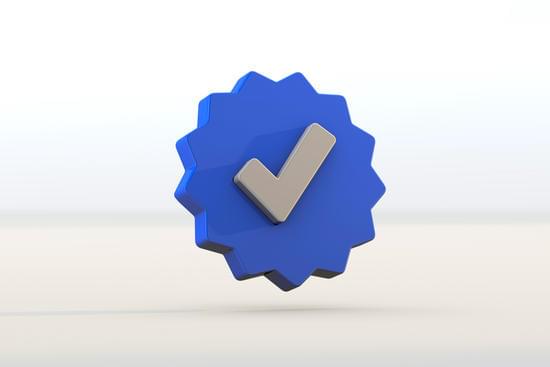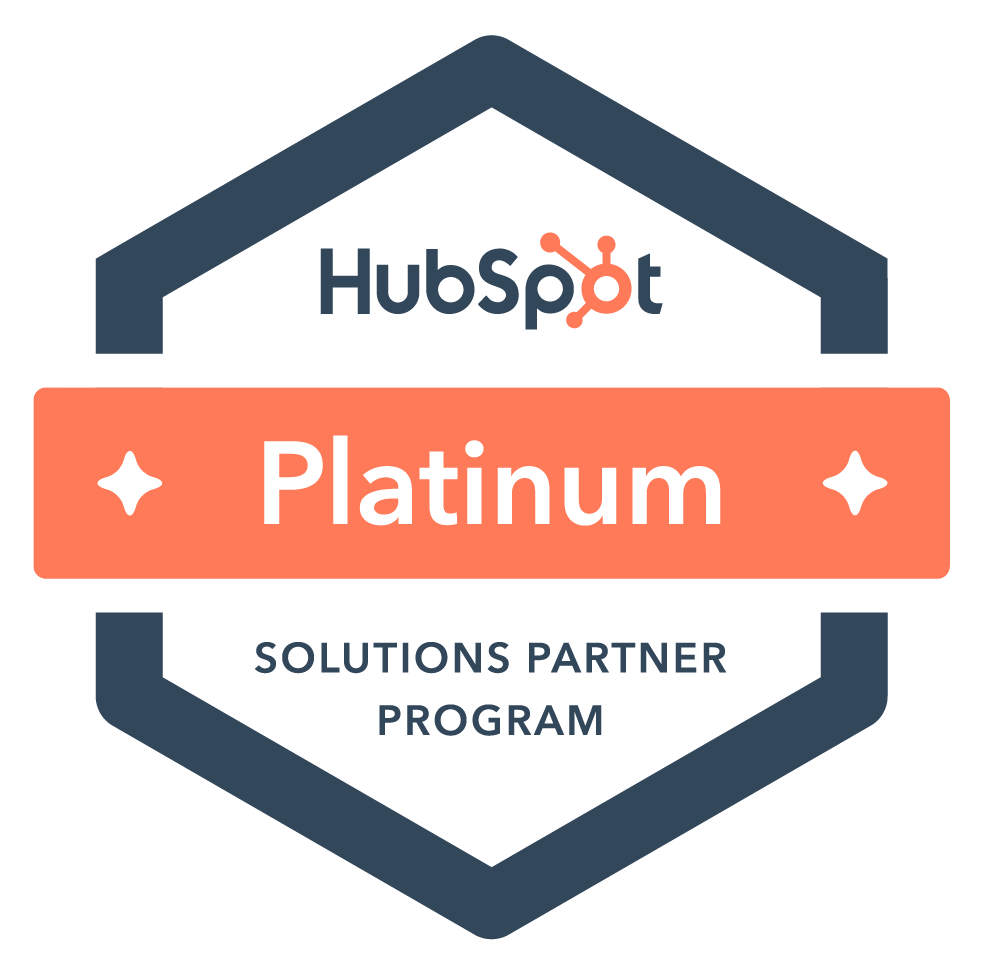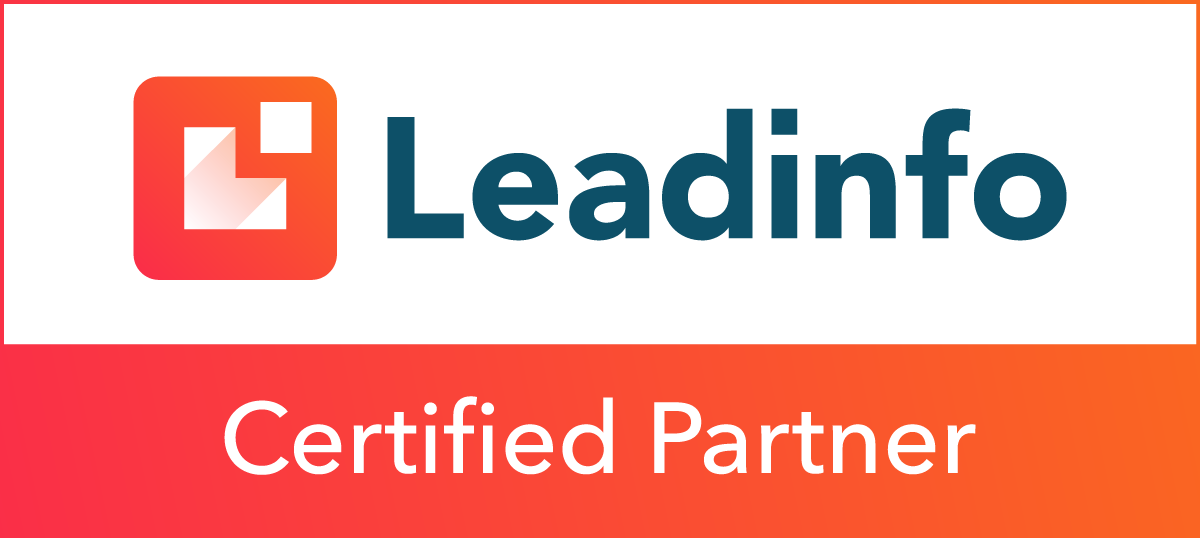
Blog

LinkedIn's New Verification System: Building Professional Trust
Badges? Badges! Do we need more badges?
You might have noticed recently that LinkedIn has taken a significant step forward with its new verification program – look for those subtle small grey checkmarks next to users name that look suspiciously close to suburban alarm service yard signs.
Launched in 2023, this initiative aims to enhance trust and authenticity within the world’s largest professional network. In an environment where LinkedIn had to stop 46.3 million fake accounts at registration in just six months last year, it’s the social media platform's version of shouting to bots and bad actors to “get off our digital lawn!”
But what exactly does this mean for you as a LinkedIn user?
Are you of the Pokémon attitude that you “gotta catch ‘em all” when it comes to badges or are you more a Treasure of the Sierra Madre prospector of “Badges? We ain’t got no badges. We don’t need badges.”
Pikachu vs. Bogart … that’s a tough call to make!
So, let’s look at the details of this LinkedIn verification program, including the benefits of getting verified on LinkedIn and the pros and cons of getting the badge to see if it is the right move for you.
What is LinkedIn's New Verification Program?
LinkedIn's verification program is a comprehensive system designed to authenticate three crucial aspects of a user's profile:
- Identity Verification
- Workplace Verification
- Educational Institution Verification
This multi-faceted approach aims to create a more reliable and trustworthy platform for professional networking and opportunities.
“At LinkedIn, we know that authenticity is key to creating meaningful interactions. A verification badge on your profile shows that you were able to confirm specific information about your account,” says LinkedIn. “Verified information helps provide authenticity signals to others that you are who you say you are. Verifications can also help you make more informed decisions about connecting with other professionals, as you can see their verified information on their profiles.”
How Does It Work?
Currently, LinkedIn supports several forms of verification. Each form of verification has its own eligibility and availability criteria.
Let's break down each aspect of the verification process, as per LinkedIn’s instructions:
- Identity Verification
- Users can confirm their identity through a government-issued ID and/or take a live selfie.
- LinkedIn has partnered with CLEAR, a third-party verification company, to facilitate this process for users in the U.S., Canada, and Mexico.
- In many additional countries, the identity verification is performed by Persona, a third-party verification service.
- This step ensures that you are indeed who you claim to be on your profile.
- Users can confirm their identity through a government-issued ID and/or take a live selfie.
- Workplace Verification
- Current employment can be verified through two primary methods:
- Using your workplace email address (if your employer participates in the program).
- Through Microsoft Entra (for organizations already utilizing this service).
- Additionally, you can verify your workplace via a LinkedIn Learning license or a LinkedIn Recruiter license.
- This verification confirms your current professional position and affiliation.
- Education Institution Verification
- Users can verify their educational background through:
- An educational email address.
- A LinkedIn Learning license provided by their institution.
- This step authenticates your academic credentials and history.
Other details of the program include:
- Adding LinkedIn verification is optional.
- There is no additional cost to verify.
- Verification badges are visible but can be removed at any time.
- Verification on your profile may change – for example, LinkedIn may change the location and placement of badges as the program evolves and verifications could be removed, and email domain changes by your workplace could require reverification.
- If you change your name, you may have to re-verify.
- Your verification may be shown on other features on the LinkedIn platform such as in the Job Slots area.
By implementing these verification methods, LinkedIn aims to create a robust system to ensure the authenticity of user profiles.
Why Did LinkedIn Decide to Go to Verification?
The decision to implement a verification program stems from LinkedIn's commitment to fostering a more trustworthy and reliable professional network.
The proliferation of fake profiles and online scams has become a significant concern, especially as bad actors take advantage of AI tools.
How bad can it be? LinkedIn’s Transparency report showed that between July and December 2023 the platform:
- Stopped at registration 46.3 million fake accounts – a rise of nearly 4 million from the previous six months.
- Restricted proactively 17.1 million accounts before members reported them as fake.
- Restricted after a member reported the account: 232,400.
That’s almost a quarter of a million fake accounts interacting with LinkedIn members before being booted during the timespan
LinkedIn's verification program addresses these issues head-on, providing several key benefits:
- Reduced Fraud: By verifying user identities and credentials, LinkedIn can significantly reduce the number of fake profiles and potential scams on the platform.
- Enhanced User Trust: Verified profiles instill confidence in other users, facilitating more meaningful professional connections.
- Improved Platform Integrity: A network of verified professionals elevates the overall quality and reliability of the LinkedIn ecosystem.
This move towards verification aligns with LinkedIn's mission to connect the world's professionals and make them more productive and successful.
Benefits of Getting Verified on LinkedIn
Taking the time to complete LinkedIn's verification process can yield several advantages for your professional profile.
“A verified badge acts as a stamp of authenticity, signaling to clients, colleagues, prospects, and employers that you are precisely who you claim to be,” says UK social media marketing pro, Ian Dooley. “With your identity confirmed, the likelihood of someone else impersonating your professional profile diminishes significantly.”
The benefits of getting verified on LinkedIn include:
- Increased Credibility: A verified badge adds a layer of trust to your profile, making you stand out in a sea of professionals. Potential employers, clients, or collaborators are more likely to engage with verified profiles.
- Enhanced Visibility: LinkedIn may prioritize verified profiles in search results or recommendations. This increased visibility can lead to more profile views and professional opportunities.
- Improved Networking: Verified profiles are often perceived as more approachable and trustworthy. This can result in more meaningful connections and collaborations within your industry.
- Professional Differentiation: In competitive fields, verification can set you apart from other professionals. It demonstrates your commitment to transparency and professionalism.
By leveraging these benefits, verified users can potentially accelerate their career growth and expand their professional network more effectively.
Pros and Cons of LinkedIn Verification: Is It Right for You?
While LinkedIn verification offers numerous benefits, it's essential to consider both the advantages and potential drawbacks before deciding to participate.
Pros
- Builds trust and credibility in your professional profile
- Increases visibility within the LinkedIn ecosystem
- Enhances networking opportunities with other professionals
- Demonstrates commitment to transparency and authenticity
Cons
- Not yet mandatory, which may limit its impact in the short term
- Sharing personal ID information may raise privacy concerns for some users
- Limited availability of workplace and education verification for some institutions
- Potential for creating a two-tiered system of verified and unverified users
Should You Get Verified on LinkedIn?
The decision to get verified on LinkedIn ultimately depends on your individual professional goals and priorities.
“Of course, it’s an individual decision, but I don’t think the process is going anywhere. LinkedIn's move into personal verification is a significant step towards creating a more secure and trustworthy platform,” concludes Dooley. “It has its challenges and concerns, but the overarching goal is to improve the quality of connections and interactions on the platform – and to minimize the threat of AI.”
Consider the following factors when making the badge decision:
- Your Industry: Some fields may place a higher value on verified credentials than others.
- Career Stage: Early-career professionals might benefit more from the added credibility.
- Privacy Concerns: Weigh the benefits against any reservations about sharing personal information.
- Future Trends: Verification may become increasingly important as the professional landscape evolves.
While verification is not currently mandatory, it's worth considering as a proactive step to enhance your professional presence. As the program grows and evolves, early adopters may find themselves at an advantage.
Whether you choose to get verified immediately or take a wait-and-see approach, staying informed about these developments is crucial.
As we move forward in this new AI-enhanced era, embracing transparency and authenticity will become more and more important.
And while nobody is going to mistake me for Humphrey Bogart, even in a white dinner jacket, you can trust that I am certainly Taylor White – after all, I’ve got the grey checkmark to prove it!
Subscribe to email updates
Recent posts

Related Articles
Topics
.jpg?width=500&name=inlytics-linkedin-analytics-tool-h4qSn5twfls-unsplash%20(1).jpg)
Topics

Topics






